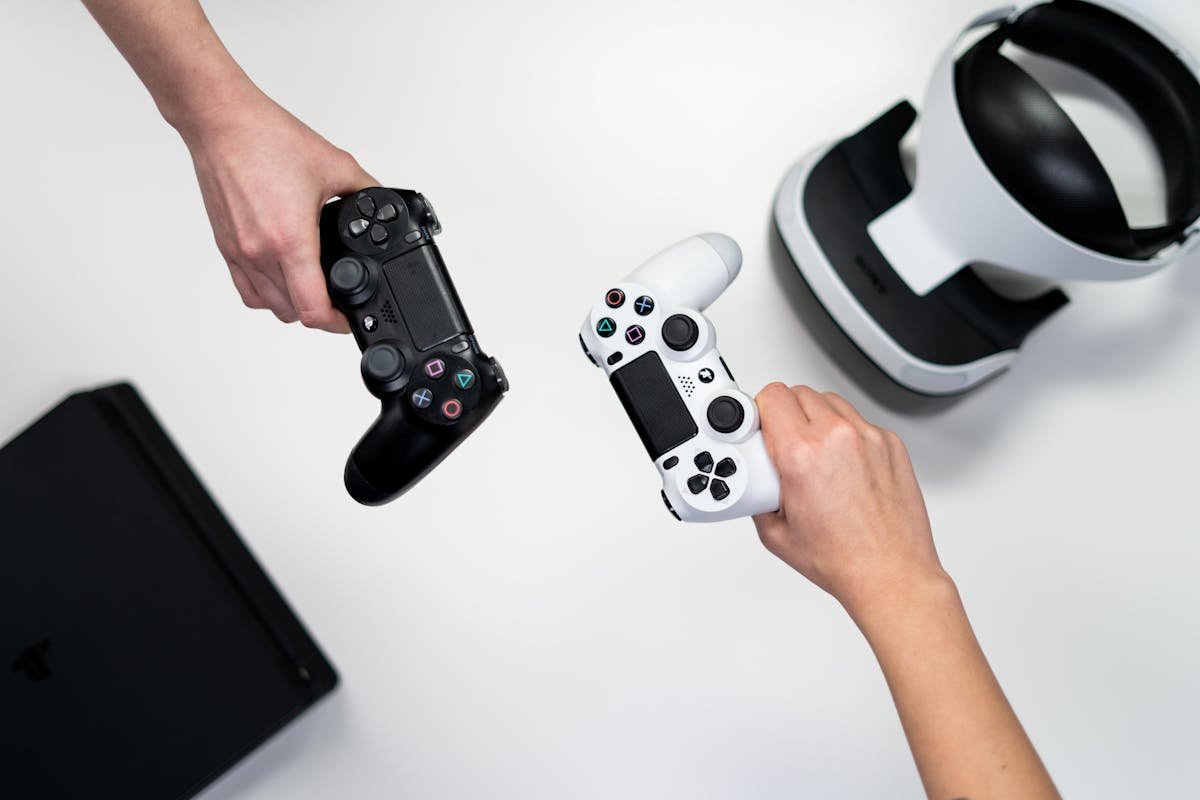The physical game industry is facing an existential crisis that nobody is talking about loudly enough. Manufacturing and shipping costs have reached levels where they consume nearly 100% of the production profit margin on physical games. Publishers are paying $30-40 just to make and ship a $60 game to retail. That leaves virtually no margin for distribution, retailer cut, publisher overhead, or actual profit. For the first time in gaming history, the economics of physical games have become fundamentally broken.
The Perfect Storm: Tariffs, Shipping, and Manufacturing Collapse
Three factors have created a catastrophic situation. First, US tariffs on Chinese imports skyrocketed from 20% to 30% in mid-2025, with some periods hitting 145%. Since virtually all game manufacturing happens in China, this directly impacts every physical game sold in the US. Second, international shipping costs have exploded – freight prices that cost $1 per unit in 2019 now cost $6 per unit in 2025, a 500% increase. Third, manufacturing costs themselves have climbed as input material costs rose globally.
Game developer Stonemaier Games broke down the math in April 2025: “If a game costs $10 to make in China, upon receiving that game in the US, the publisher will pay a $5 tax to the US government.” That’s just tariffs. Add manufacturing ($10), add shipping ($6), add fulfillment ($2), add warehouse storage ($1), and you’re already at $34 in costs for a $60 retail game before the retailer takes their cut, distributor takes their cut, or the publisher covers overhead.

The Retailer Problem: Games Now Cost $75
The consequence is that physical games have quietly crept up to $75 at retail in many markets. Retailers are passing the increased costs directly to consumers. Publishers who want to maintain margins are either eating losses or raising prices. The City of Kings developer Frank analyzed how retailers have been subsidizing shipping for years through lower wholesale prices, but that’s no longer viable. “A game that was once priced at $50 will now cost as much as $75 at retail,” he calculated.
What’s worse is that digital games don’t face these tariffs. A $60 digital game costs virtually nothing to “manufacture” and distribute – it’s pure profit margin. That creates perverse incentives: publishers profit far more from digital than physical, even when physical games sell at higher prices.
Hardware Manufacturers Are Raising Prices Too
The crisis extends beyond games to hardware. Microsoft raised Xbox Series X pricing to $600 (from $500) specifically due to tariff impacts. Nintendo delayed Switch 2 US preorders to “assess” tariff impacts, then kept prices the same but raised accessory prices by $5-10. PlayStation held prices stable so far, but analysts expect them to follow suit.
The chip shortage, tariff increases, and manufacturing costs mean that console prices are genuinely hitting hard limits. Further price increases would likely trigger consumer backlash that would tank adoption. So hardware makers are holding the line on console prices while quietly jacking up software and accessory costs to compensate.
The Death of Physical Retail
Local game retailers are being crushed. Without the ability to source games at reasonable wholesale prices, brick-and-mortar stores can’t stock inventory profitably. Pushnire reported that UK physical game sales dropped 35% in 2024. The US market is following a similar trend as gamers abandon retail for digital purchases that offer better value.
Publishers who could afford to establish alternative distribution channels (direct sales, international partners) will survive. Publishers without cash reserves are in “deep trouble,” according to Stonemaier Games analysis. Many smaller indie publishers face impossibly tight margins where any miscalculation bankrupts them.
| Cost Component | 2019 Cost | 2025 Cost | Increase % |
|---|---|---|---|
| Manufacturing (per unit) | $8 | $12 | 50% |
| Shipping (per unit China-US) | $1 | $6 | 500% |
| Tariffs (per unit) | 5% | 30% | 500%+ |
| Fulfillment (per unit) | $1.50 | $2.50 | 67% |
| Storage (monthly/pallet) | $10-15 | $15-40 | 100-150% |
| Total Cost per $60 Game | $15-18 | $30-40 | 100-150% |
Why Digital Games Won’t Solve This
The obvious answer is “just go digital.” But that’s more complicated than it sounds. Console manufacturers use physical games as loss-leaders to sell hardware. Your $400 Xbox Series X costs Microsoft $350-380 to manufacture and ship. They need software sales to recoup that investment. If physical games become unprofitable, they can’t justify the hardware discount anymore.
Additionally, digital-only consoles don’t cannibalize sales the way publishers feared. According to 2025 data, digital-only Xbox consoles are outselling disc-drive versions by 75%, suggesting consumers prefer the cheaper entry point even without physical game support.
The Supply Chain Solution That Isn’t
Some publishers are shifting manufacturing to Mexico, Vietnam, and Thailand to avoid Chinese tariffs. But these alternatives offer their own problems: higher per-unit manufacturing costs (partially offsetting tariff savings), less established supply chains, and smaller economies of scale. For most publishers, shifting manufacturing is too capital-intensive to implement quickly.
The few manufacturers who’ve already established non-China supply chains (Microsoft with Mexico, Nintendo with Vietnam) have significant advantages. Everyone else is stuck with China manufacturing and paying the tariff penalty.
FAQs
How much does it cost to manufacture a physical game in 2025?
Approximately $30-40 per unit all-in (manufacturing + shipping + tariffs + fulfillment). This leaves virtually no margin on a $60 game before retailer and distributor cuts.
What caused the cost explosion?
Chinese tariffs increased from 5-20% to 30%+, shipping costs quintupled (from $1 to $6 per unit), and manufacturing input costs rose globally.
Will prices come down?
Unlikely without significant tariff reduction. Prices will probably stay elevated or rise further if tariffs increase again.
Are physical games going extinct?
Unlikely completely, but they’re becoming premium products for collectors rather than the standard format. Digital will increasingly dominate.
Why hasn’t this been reported more?
Publishers are quietly absorbing losses or raising prices rather than announcing “we’re losing money on physical games.” The crisis is real but communicated privately among industry stakeholders.
Can indie publishers survive?
Small publishers without cash reserves are in “deep trouble.” Many will shift to digital-only releases to survive.
What about physical-only console games (Switch, Nintendo)?
Nintendo is absorbing some losses and raising accessory prices to compensate. Eventually they’ll likely shift more toward digital distribution.
Is this Trump’s fault?
The tariffs were implemented by the Trump administration, but the underlying supply chain issues (manufacturing in China, shipping costs, etc.) existed before that. Tariffs just made an existing problem catastrophic.
Conclusion
The physical game industry has reached an inflection point where the economics no longer work. Manufacturing and shipping a physical game now costs nearly as much as the retail price, leaving no room for retailer margins, distributor cuts, publisher overhead, or actual profit. This perfect storm of tariffs, shipping inflation, and manufacturing costs has made physical games unsustainable for most publishers.
The result will be a gradual migration to digital distribution, further consolidation of retail shelf space, and potential price increases on all physical products. Publishers with established digital distribution channels and strong cash reserves will survive. Everyone else will adapt or disappear. Physical games aren’t going extinct overnight, but they’re rapidly becoming a premium format for enthusiasts rather than the mainstream distribution method they’ve been for decades.

